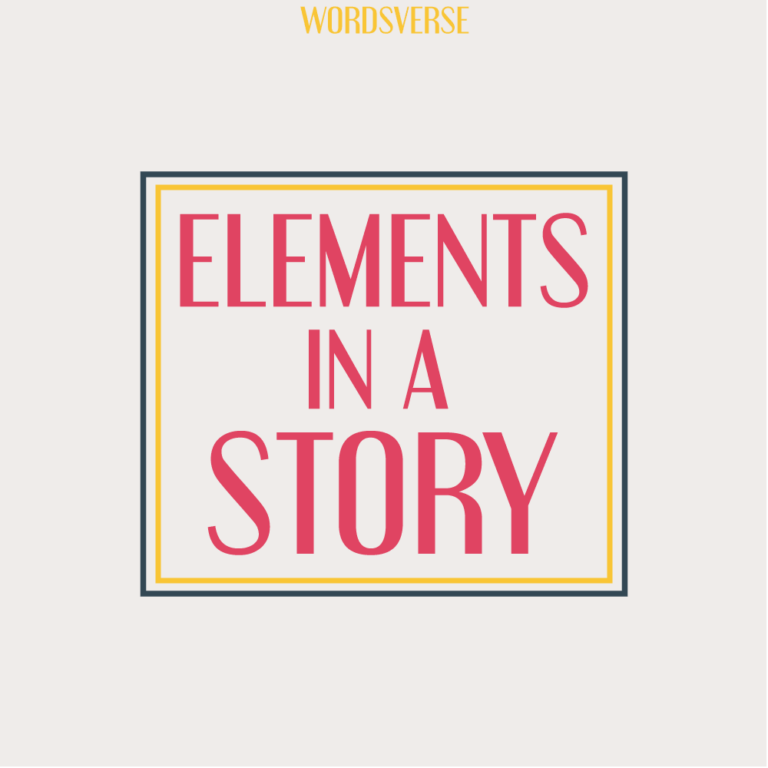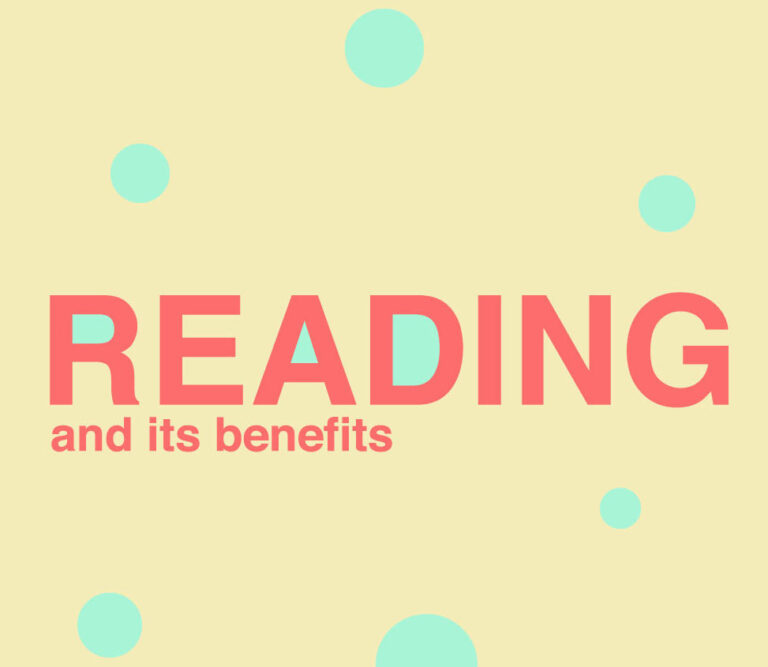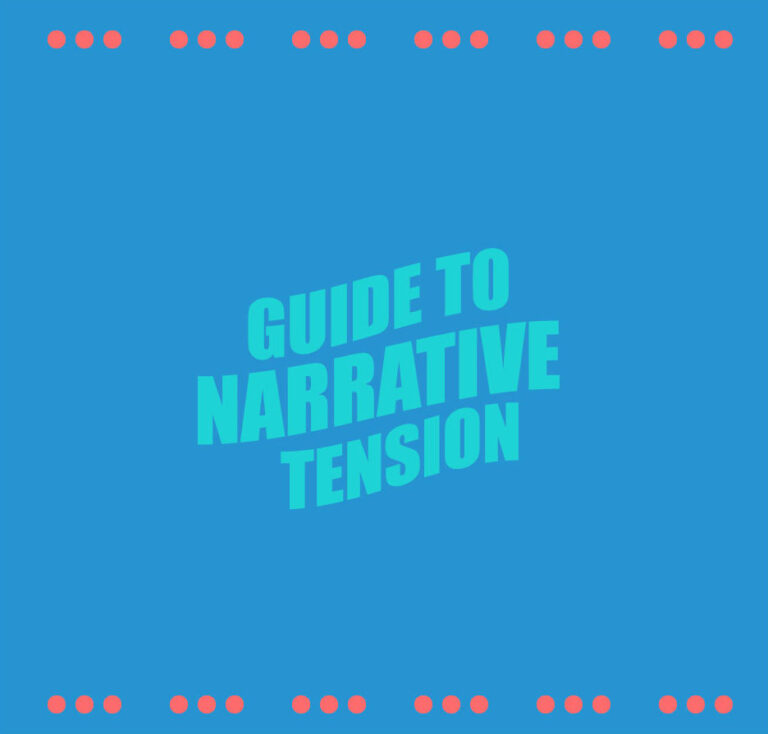What you are writing about holds meaning which is very dependent on your writing style. This content and context dependency have created four major writing styles; Narrative, descriptive, persuasive, and expository. But the problem is that no written document sticks to just one style. Whenever we write anything, a complex mixture of different writing styles is created.
The style of writing depends on the purpose of the words. What is the intent of the writer? What does the writer want from the reader? Their attention? Their support? All these factors decide the writing styles. All the written work comes under these four styles.
There is a difference between writing style and the structure of the text being written. Style is dependent on the purpose of the author while text structure depends on the topic that the author is writing on. First, we’ll look into the styles of writing and then into the structure of the text. Here are the four types of writing styles; Descriptive, narrative, expository, and persuasive.
Descriptive style

Descriptive style comes from the purpose of the description. When the writer’s primary intent is to describe something based on what he/she sees, the writing style is called as descriptive. The description comes from the writer’s ability to understand or view the subject. It relies heavily on the senses of the writer.
What are some examples of descriptive writing? Poems and proses are two examples where this style remains dominant. Descriptive style is used when the author uses adjectives to show what he/she sees or feels. An example of this would be “oh what beautiful weather it is, cool and breezy yet bright to bring joy”.
Here the text is describing the weather but it isn’t insipid in terms of description. The author puts in cool, breezy, bright, and joyful to describe the weather. These aren’t the intrinsic quality of the weather (weather is cold, hot, dry, wet, etc). These are the qualities that the weather instills. Hence, we call it descriptive.
Describing something is not a descriptive writing style. A subject’s quality being described is not descriptive. But if the author describes what he/she feels because of those qualities, then it is considered as descriptive writing style.
Examples where descriptive style is used;
- Poetry
- Prose
- Journal
- Diary
- Creative writing
- Novels and stories
Narrative style
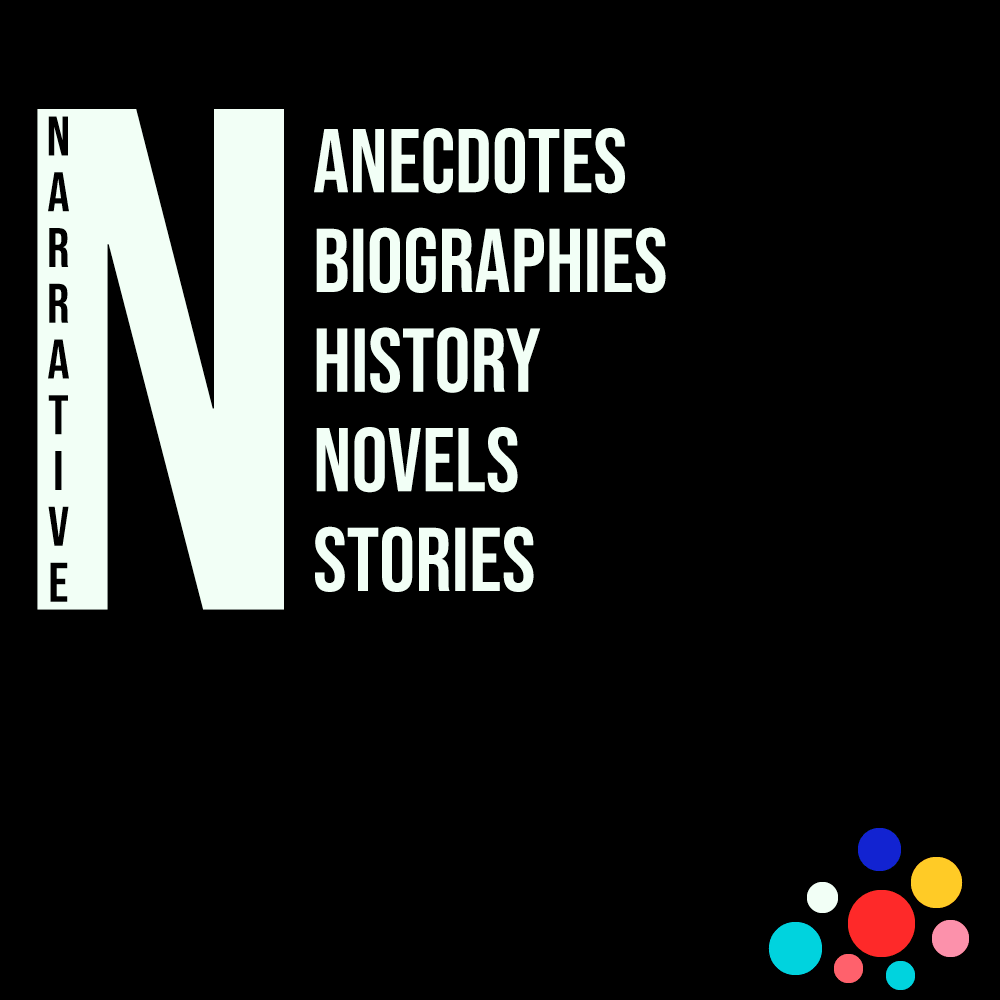
Narrative style is used when the author narrates or tells a story with minimal personal input. If you were to describe an event from the Civil War or the Battle of Waterloo, you can go for descriptive style or narrative style. When you stay true to the original, just narrating the evenrs, it is said to be written in a narrative style. Add your own inputs to it, describing the events with adjectives that describe what you feel about those events and it turns into descriptive style.
Fictional stories, news articles, etc are all written in narrative style. Fictional stories also have this narrative style when the author explains the scene, not when the characters are speaking. News articles stick to being compact and as close to the facts as possible.
You can notice something is written in narrative style when an event or a scene is being described, without any verbal embellishments.
Examples where narrative style is used:
- Novels
- Story
- Personal stories (anecdotes)
- Biographies
- History
Expository style

Expository style is used in school textbooks. This style has the least amount of adjectives coming from the author. Textbooks for colleges and schools talking about concepts. The aim for this style is to focus on imparting the knowledge to the readers in the clearest sense possible.
Expository style is emploayed in explaining a concept. You can find examples of this writing by reading any school textbooks. This article is an example of expository writing style since I am just putting down explanation of different writing styles. There is no narration, no excessive description or persuasion.
Examples where expository style is used:
- School textbooks
- News articles
- Cooking/instructional articles
- Business/ magazine writing
Persuasive style
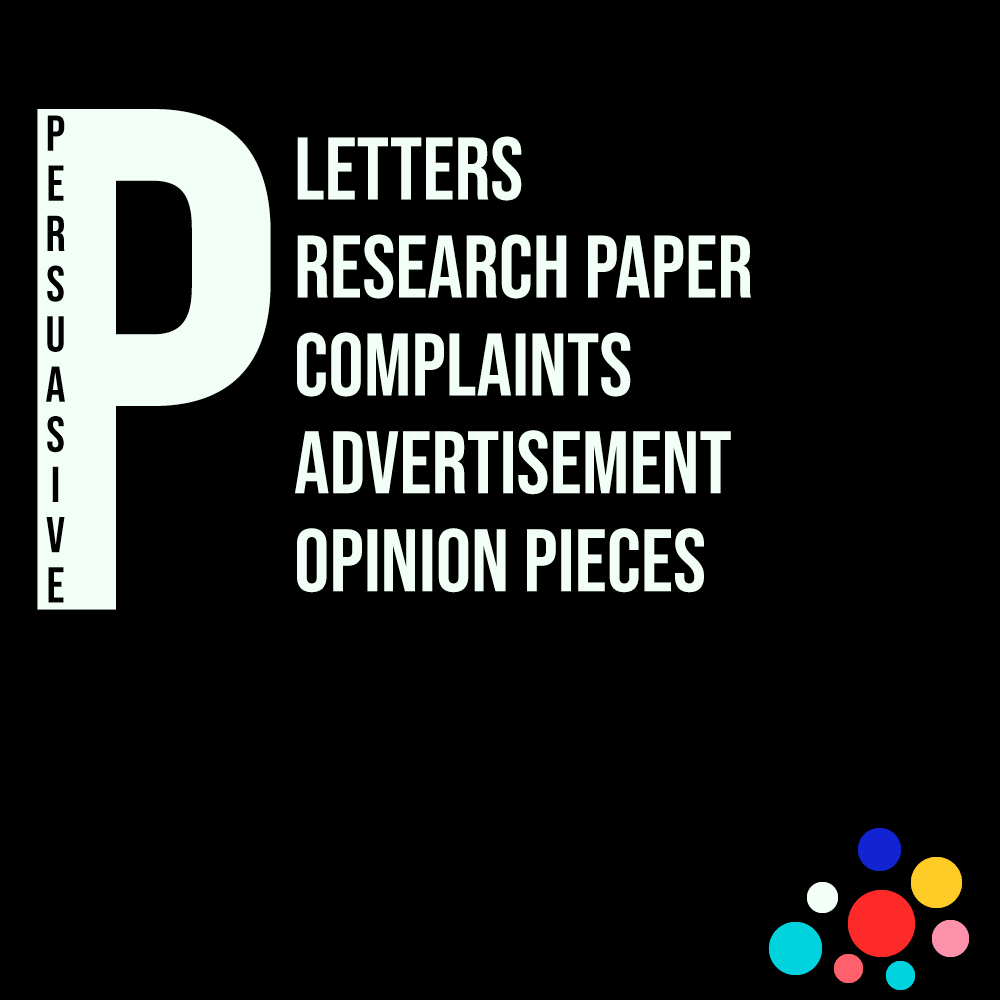
When someone writes intending to persuade someone via the written work, it’s called persuasive style. This style is used in letters (recommendations, requests, appeal, etc), in research papers persuading why the research proves what it aims to prove.
The persuasive style uses many terms that convince the readers to gravitate towards the author’s way of thinking.
The persuasive writing style is also used very subtly in advertisement where the advertisers don’t want to tell you to buy it directly, but use words such as “eases your task” or “get more for less”, etc to persuade to buy their products.
A good persuasive writing style is when the readers have no idea that they are being persuaded to do what the writer is saying, and yet they do it.
WV
Copywriting is one such example where persuasive writing is the most prevalent. There are various styles of copywriting as well. But persusiveness is the end goal of all the styles in copywriting.
Examples where persuasive writing is used:
- Letters
- Research papers
- Complaints
- Advertisement
- Opinion pieces
The mixture of writing style

We never adhere to one type of writing style. While one writing style may take the major chunk of the literary work, it is alway mixed with other writing styles. For example, this article is written in expository style and yet there is a hint of persuasive and narrative style as well. I, as the author, am trying to persuade the readers to learn about different writing styles.
I am also narrating different components of this article in an order that is easier to understand and clears one questions after the other. So when you are writing something, always know that adding a little bit of the other three styles is always a good idea to make you text look more complete and less unnatural.
Even in textbooks which follow expository style, there is a bit of persuasive and narrative style added to it to make the book feel more easier to read.
Types of text structures
While writing style is about the writer, the text structure is about what the writer is writing. Text structure means how information is presented. If the information that I want to convey to you is “apples are red and sweet”, I can convey that directly by saying so.
But if I want to take a different approach, I’d say “while oranges give you a stingy sourness and then the sweetness kicks in, apples are much more consistent in sweetness”. Same information can be provided in multiple ways and the text structure and the writing styles are very closely related.
There are three types of major text structure that we’ll be listing here. These text structures are:
- Contrast/Compare
- Cause and effect
- Question and answer
As you can see, these are the different methods with which you can present information. The structure of the literature can be based on these three methods or a composite of the three.
In contrast/compare, you present information in a comparative manner, sort of like a “this vs that” scenario. If I wrote this artice in a comparative way, listing the contrasting difference between the four, the structure would have been of this group.
In a cause and effect scenario, the presentation of information given on the basis of the need of it. Why is something written in a narrative tone? Why in some cases, the expository tone is preferred over descriptive? All the answers to these questions are presented in cause and effect structure. Do remember that this structure does not ask questions, rather it raises the questions in the readers’ minds.
The last one here on the list is the question and answer model which is just to present information is a question and answer basis. What is the best method to write a news article that needs to be compact and to the point? Expository. The reason for that is… This is how the information is presented.
So this was all about different writing styles and text structures and their characteristics. We hope that the article was helpful in solving your query. Read more articles related to writing to understand the art better:




